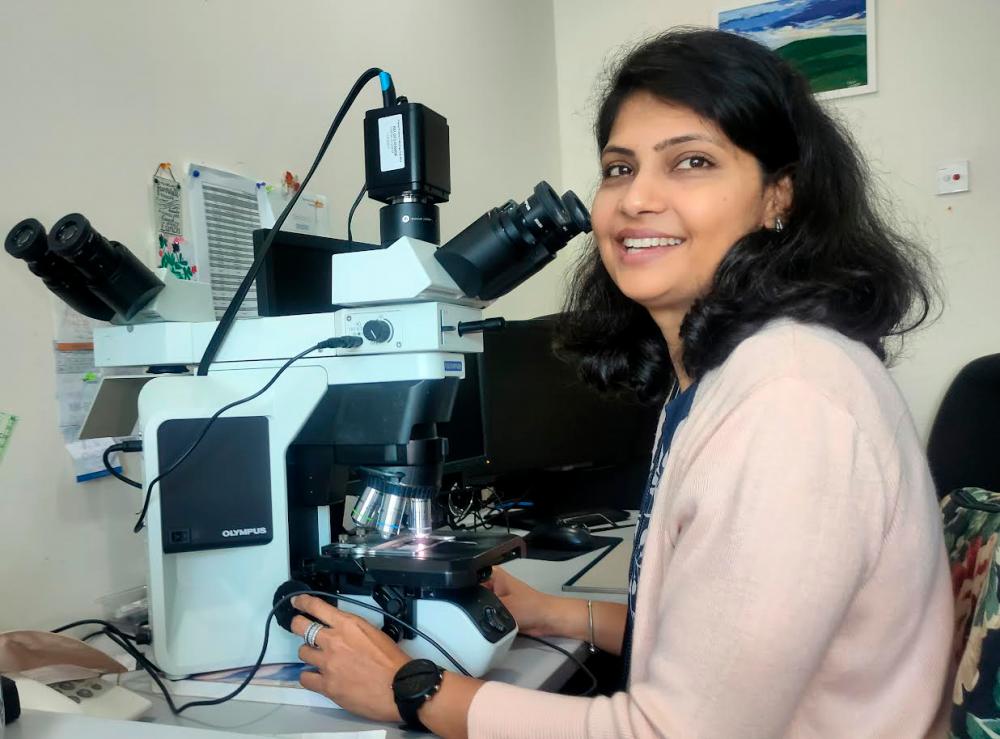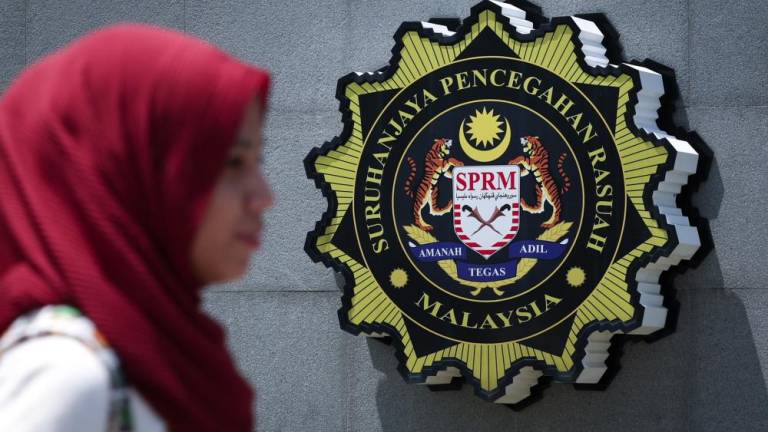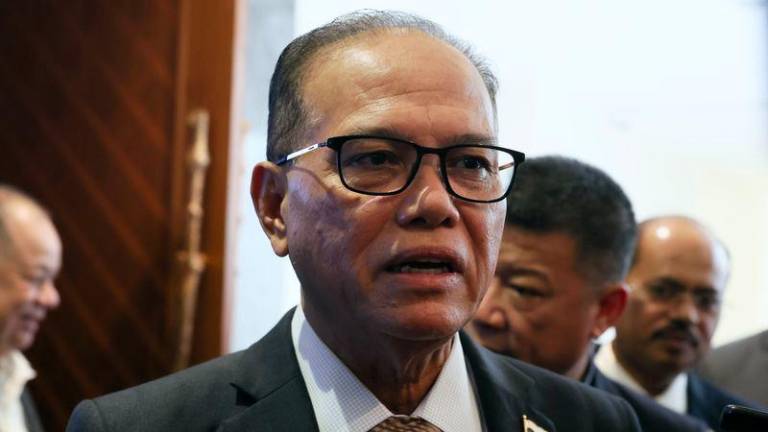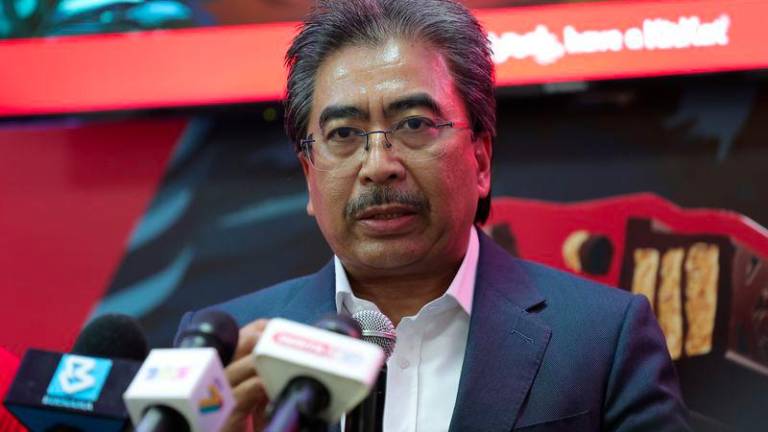THE next time you see a doctor for an ailment, be aware that he is not the only medical expert who will examine you.
Once you leave the examination room, the probing will continue, this time by a histopathologist, who plays an essential role to confirm a doctor’s diagnosis.
A histopathologist is one who works behind the scene, looking at human tissues to determine what ails you.
“You could refer us as ‘tissue whisperers’,” histopathologist Dr Sarala Ravindran of Pantai Premier Pathology told theSun.
Unlike cardiology or gynaecology, the science of histopathology has never been a subject of conversation over dinner or drinks, because most people are not aware of such expertise.
However, it is most essential in the early stages of a diagnosis. A report from a histopathologist contains key information that may confirm or refute a doctor’s suspicion about the health status of a patient.
Sarala said histopathology is a combination of histology, which is the study of tissues, and pathology, the study of diseases.
For the layman, it is essentially about studying a person’s tissues to determine what diseases he has.
Sarala said every hospital would have a histopathologist because they are needed to confirm or refute every diagnosis.
The only difference between them and other doctors is that they never see patients face-to-face.
“The slides carrying the tissues are my patients. I ‘talk’ to them by examining them under a microscope,” she said.
“We spend our time looking at the ‘behaviour’ of the tissue.”
She said every tissue has a tale to tell but how long it would take for the full story to emerge is never certain.
“Sometimes, we may have to conduct more tests to eliminate errors to get to the truth.”
She said many people assume that getting a tissue biopsy is like getting a blood test.
“A biopsy takes time because we have to examine the tissue thoroughly,” she said.
Sarala describes her work as interesting.
“We have lab technicians, scientists, medical scientists and molecular scientists in our team,” she said.
“We examine the tissues under a microscope and classify them into three categories, namely inflammatory, cancerous and infectious.”
Her reports are then sent to relevant doctors. If a tissue is found to be cancerous, it is referred to an oncologist.
Sarala said while her job offers her flexibility, there are huge challenges as well.
“For instance, it is time-sensitive. If a patient is already on the operating table and a surgeon is waiting for results, a tissue sample has to be examined within minutes,” she said.
Unlike other medical experts, histopathologists have to be in touch with all branches of medicine as they provide diagnoses for all types of ailments.
“We meet weekly with different specialists, such as oncologists, surgeons, radiologists and clinicians, to discuss the best ways to help a patient with a chronic disease.”
From her experience as a histopathologist, Sarala has found that the most common forms of cancer are colon, lung and breast cancers.
“We have cases of these cancers every week,” she said.
She added that tuberculosis is most widespread among Asians.
While many professions have been taken over by artificial intelligence (AI), Sarala believes she will not be replaced anytime soon.
“AI cannot replace humans in histopathology. We have gone far beyond the capability of AI.”
However, modern technology such as online video conferencing has offered histopathologists the opportunity to consult colleagues worldwide.
Sarala’s advice to those who are interested in becoming a histopathologist is to find a mentor who would be able to guide them.










